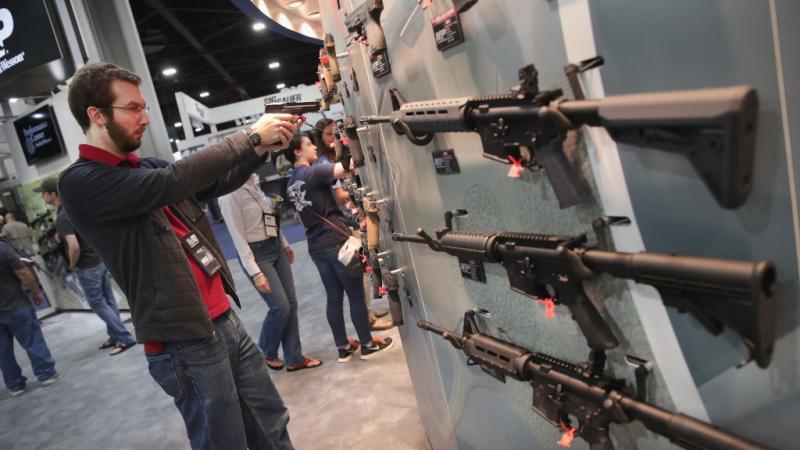Supreme Court sides with woman shot when she tried to flee police
"The question in this case is whether a seizure occurs when an officer shoots someone," wrote Chief Justice John Roberts
In a 5-3 ruling on Thursday, the U.S. Supreme Court sided with a New Mexico woman who was shot by police as she tried to flee in her vehicle.
At issue in the case was whether police could be held liable for claims of an unconstitutional "seizure" under the Fourth Amendment.
"The question in this case is whether a seizure occurs when an officer shoots someone who temporarily eludes capture after the shooting," wrote Chief Justice John Roberts for the majority. "The answer is yes: The application of physical force to the body of a person with intent to restrain is a seizure, even if the force does not succeed in subduing the person."
The woman, Roxanne Torres, was shot by state police in 2014 at an Albuquerque apartment complex. According to her attorneys, Torres believed the two officers were carjackers and she was simply trying to elude them. But Officers Janice Madrid and Richard Williamson testified in lower court that Torres drove at them in a dangerous manner.
The officers, who were at the complex to arrest a different woman, were seeking to stop her to see if she was their target. Torres was shot twice in the back and later sued police, claiming excessive force.
Before the high court ruling, lower courts had backed the police, saying officers had "qualified immunity" from a lawsuit. The lower courts ruled that Torres' continued flight after police sought to stop her disallowed her claim of excessive force. The courts also ruled that there was no "physical touch or a show of authority" and, thus, no "seizure."
But Roberts said the incident amounted to a "seizure," but did not rule on whether the action was reasonable.
"All we decide today is that the officers seized Torres by shooting her with intent to restrain her movement," Roberts said. "We leave open on remand any questions regarding the reasonableness of the seizure."
Justice Neil Gorsuch, though, dissented, backed by Justices Clarence Thomas and Samuel Alito.
"On the majority's account, a Fourth Amendment 'seizure' takes place whenever an officer 'merely touches' a suspect," Gorsuch wrote. "It's a seizure even if the suspect refuses to stop, evades capture, and rides off into the sunset never to be seen again. That view is as mistaken as it is novel. Neither the Constitution nor common sense can sustain it."
Justice Amy Coney Barrett did not participate in the case.
















